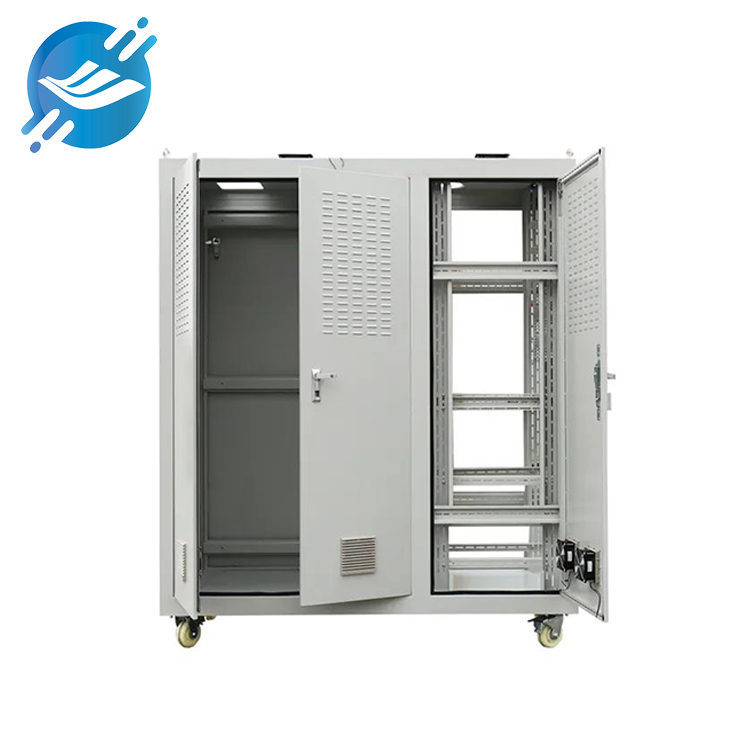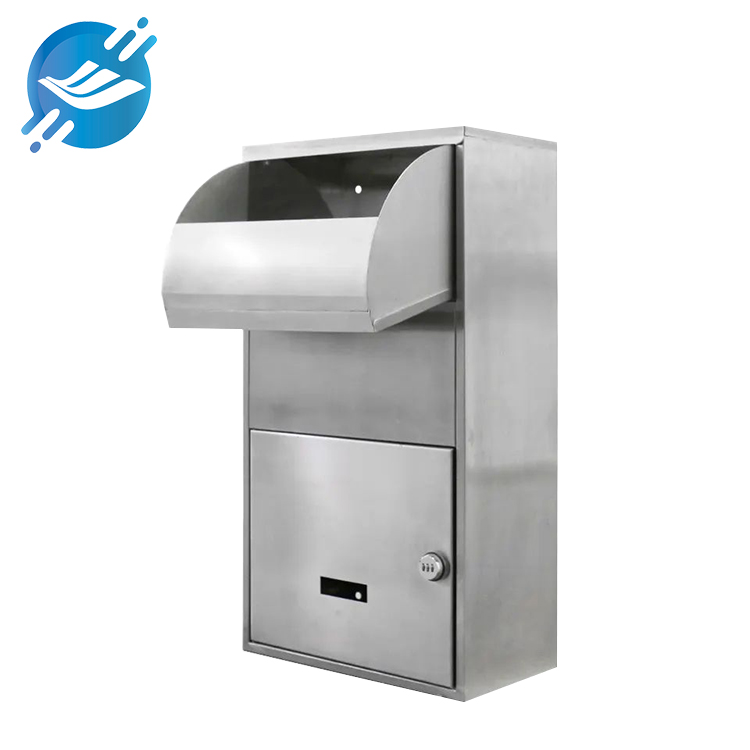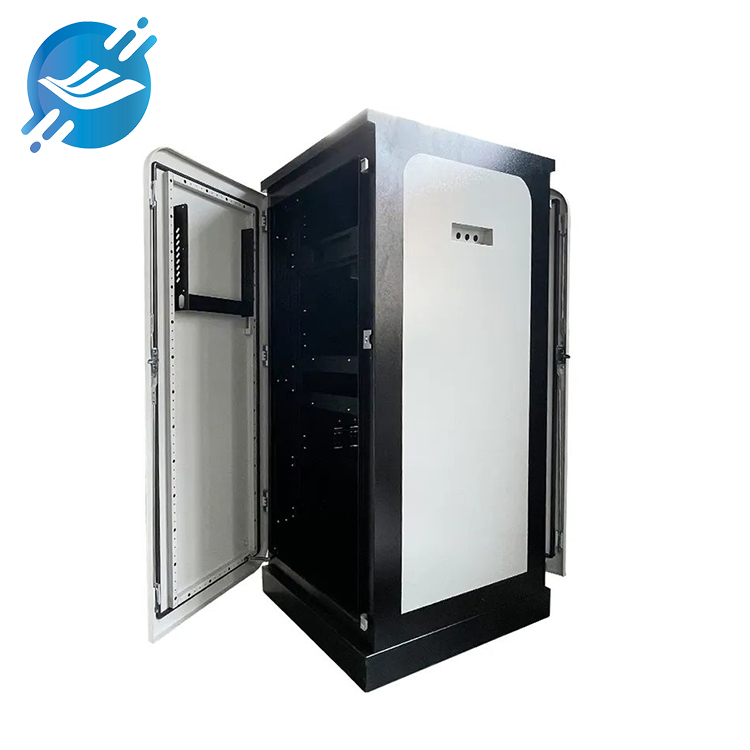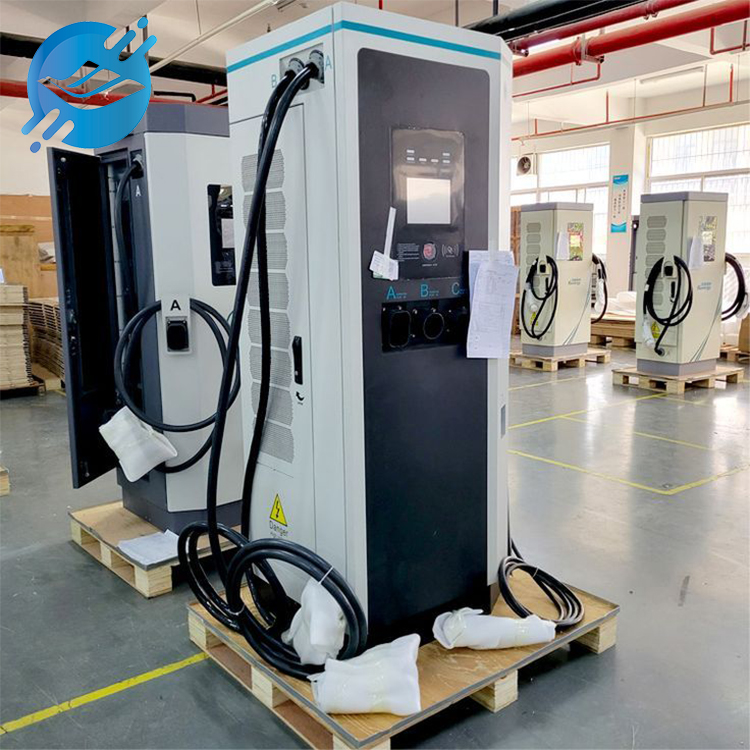Dongguan Youlian Display Technology Co., Ltd. is a professional manufacturer engaged in the sheet metal processing industry with more than 13 years of experience. Below, I am happy to share some terms and concepts involved in the sheet metal processing process. The 12 common sheet metal The gold processing terminology is introduced as follows:
1. Sheet metal processing:
Sheet metal processing is called sheet metal processing. Specifically, for example, plates are used to make chimneys, iron barrels, fuel tanks, ventilation ducts, elbows and big and small heads, round heavens and squares, funnel shapes, etc. The main processes include shearing, bending and buckling, bending, welding, riveting, etc., which require Certain knowledge of geometry. Sheet metal parts are thin plate hardware, that is, parts that can be processed by stamping, bending, stretching, etc. A general definition is parts whose thickness does not change during processing. The corresponding ones are casting parts, forging parts, machined parts, etc.
2. Thin sheet material:
Refers to relatively thin metal materials, such as carbon steel plates, stainless steel plates, aluminum plates, etc. It can be roughly divided into three categories: medium and thick plates, thin plates and foils. It is generally believed that plates with a thickness from 0.2 mm to 4.0 mm belong to the thin plate category; those with a thickness above 4.0 mm are classified as medium and thick plates; and those with a thickness below 0.2 mm are generally considered foils.
3. Bending:
Under the pressure of the upper or lower mold of the bending machine, the metal sheet first undergoes elastic deformation, and then enters plastic deformation. At the beginning of plastic bending, the sheet is freely bent. As the upper or lower die presses against the sheet, Pressure is applied, and the sheet material gradually comes into contact with the inner surface of the V-shaped groove of the lower mold. At the same time, the radius of curvature and the bending force arm also gradually become smaller. Continue to pressurize until the end of the stroke, so that the upper and lower molds are in full contact with the sheet at three points. At this time Completing a V-shaped bend is commonly known as bending.
4. Stamping:
Use a punch or CNC punching machine to punch, shear, stretch and other processing operations on thin plate materials to form parts with specific functions and shapes.
5.Welding:
A process that forms a permanent connection between two or more thin plate materials through heating, pressure or fillers. Commonly used methods are spot welding, argon arc welding, laser welding, etc.
6. Laser cutting:
The use of high-energy laser beams to cut thin plate materials has the advantages of high precision, high speed, and no contact.
7.Powder spraying:
The powder coating is applied to the surface of the sheet material through electrostatic adsorption or spraying, and forms a protective or decorative layer after drying and solidification.
8. Surface treatment:
The surface of metal parts is cleaned, degreased, rusted, and polished to improve its surface quality and corrosion resistance.
9. CNC machining:
CNC machine tools are used to process thin plate materials, and the machine tool movement and cutting process are controlled through pre-programmed instructions.
10. Pressure riveting:
Use a riveting machine to connect rivets or rivet nuts to sheet materials to form a permanent connection.
11. Mold manufacturing:
According to the shape and size requirements of the product, we design and manufacture molds suitable for stamping, bending, injection molding and other processes.
12. Three-coordinate measurement:
Use a three-dimensional coordinate measuring machine to perform high-precision dimensional measurement and shape analysis on thin plate materials or parts.
Post time: Jan-18-2024









